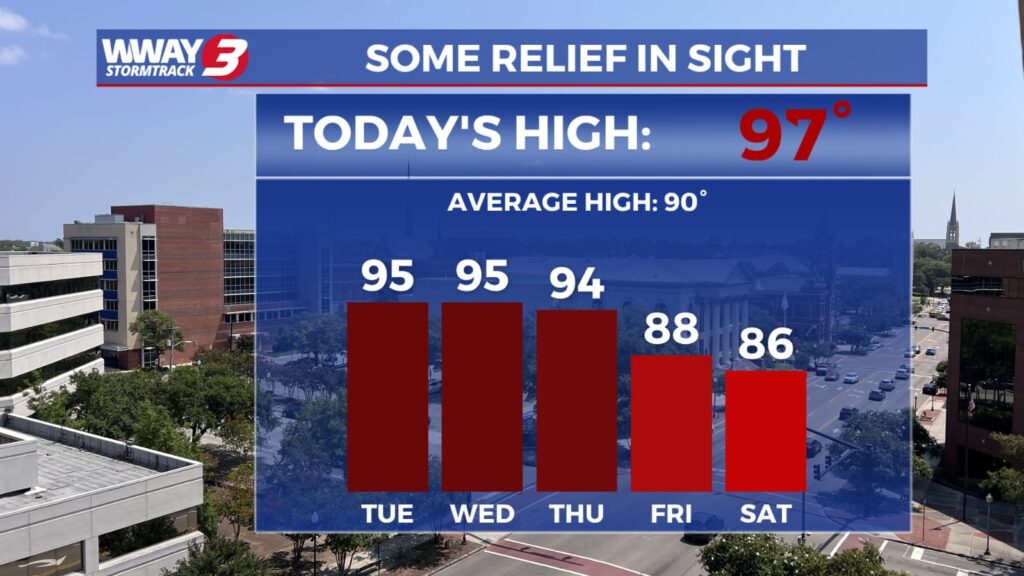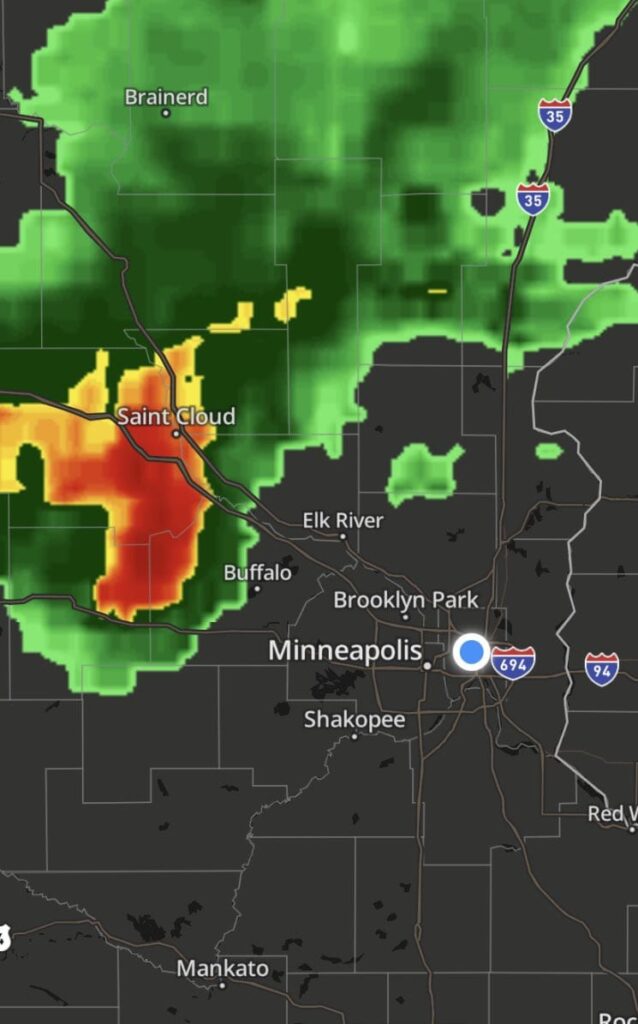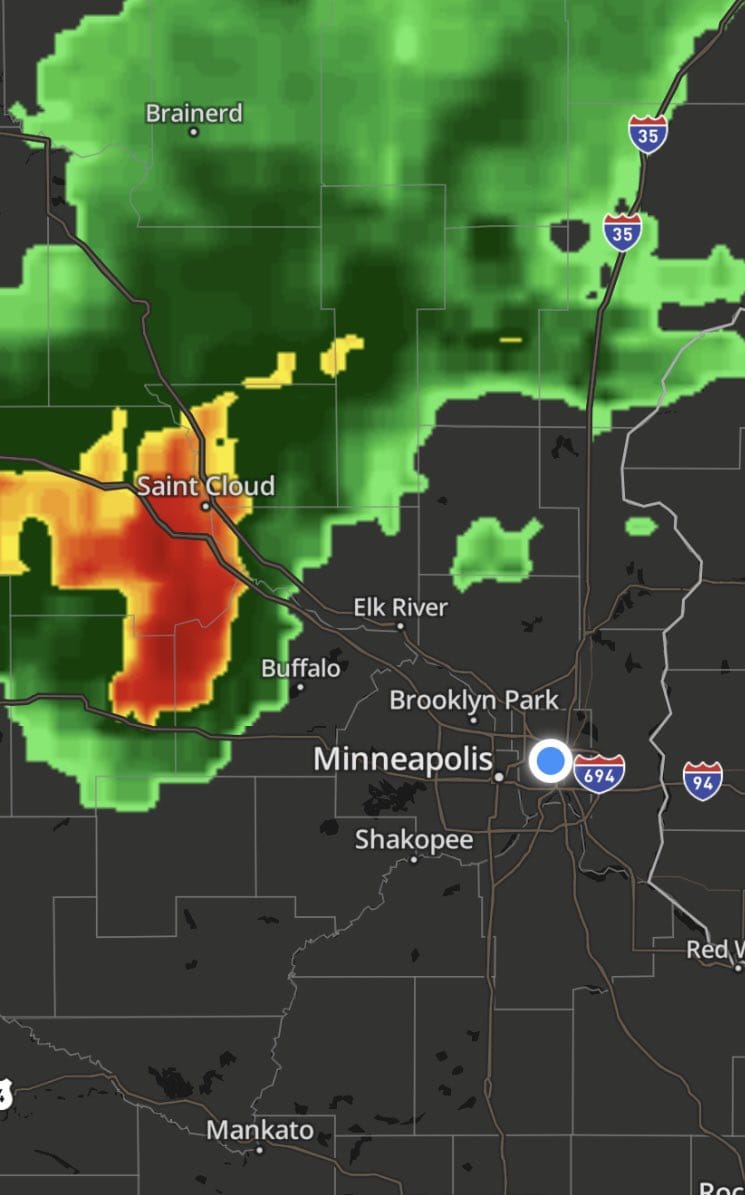An extreme heat warning has been issued across several states as meteorological agencies forecast dangerously high temperatures this week. The India Meteorological Department (IMD) and global weather monitoring services have flagged multiple zones with red alerts and issued strict advisories for vulnerable populations.

This is not just another summer spike—this is a severe extreme heat warning that threatens lives, agriculture, transportation, and power systems. Experts are calling it one of the most intense heatwaves in recent history.
What Is an Extreme Heat Warning?
An extreme heat warning is an official alert issued when prolonged exposure to high temperatures poses a serious risk to health and safety. According to the IMD and international standards, this warning is declared when temperatures are expected to cross 45°C (113°F) and remain elevated for 2–3 consecutive days.
This week, regions in Rajasthan, Delhi, Uttar Pradesh, Gujarat, and parts of southern India are all under such a warning, with some areas expected to reach 47–48°C.
Why This Extreme Heat Warning Matters
The current extreme heat warning is not just about uncomfortable weather—it’s about real danger. Health officials are urging the public to stay indoors during peak afternoon hours (12 PM–4 PM), avoid heavy physical activity, and drink plenty of water.
Doctors warn that people exposed to this intense heat are at higher risk for:
- Heat stroke
- Dehydration
- Respiratory issues
- Fatigue
- Heart complications in elderly and children
Hospitals in major cities are already seeing a rise in heat-related illnesses, and emergency departments have increased staff and stockpiles of IV fluids and cooling equipment.
Power Grids & Water Supply Under Pressure
As the extreme heat warning spreads, demand for electricity and water has skyrocketed. Cities like Delhi, Mumbai, and Hyderabad have reported power shortages, frequent blackouts, and increased pressure on air conditioning systems.
Water departments are facing massive stress as consumption hits record highs. Several rural areas in Rajasthan and Madhya Pradesh are reporting dried-up borewells and reduced municipal supply. Authorities have initiated emergency tanker water deliveries to mitigate the situation.

Schools and Workplaces Respond to Extreme Heat Warning
In response to the extreme heat warning, many state governments have issued advisories to schools to adjust schedules or switch to remote learning temporarily. Outdoor laborers and construction workers are among the most affected, with several reports of heatstroke cases emerging.
Companies with outdoor staff—such as delivery services, logistics, and construction—are advised to modify work hours to early mornings or late evenings to avoid the peak heat zone.
Agriculture and Environment Affected by Heatwave
Farmers are also reeling under the pressure. The extreme heat warning has brought early signs of crop wilting, lower water table levels, and increased evaporation rates. Crops like wheat, maize, and sugarcane are already showing signs of stress, especially in dry belt zones.
Environmentalists are raising alarms about the ecological impact. Forest fires have become more common, especially in central and western India. The heat also severely affects bird and animal populations, many of which are collapsing from dehydration.
Government Measures and Advisories
The Ministry of Health and Family Welfare has set up special heatwave helplines and medical booths in major cities. Meanwhile, the National Disaster Management Authority (NDMA) is coordinating with local governments to ensure water, electricity, and emergency medical support.
Here are key advisories during the extreme heat warning:
- Stay indoors during peak sun hours.
- Drink water regularly, even if not thirsty.
- Wear light, breathable clothing.
- Keep pets hydrated and indoors.
- Check on elderly and children regularly.
- Avoid alcohol, caffeine, and high-protein meals.
Climate Change and Future Risk
Experts suggest that such extreme heat warnings will become more frequent due to ongoing climate change. Global warming is pushing temperature extremes, and unless urgent environmental policies are implemented, this could become the “new normal.”
Dr. Nikhil Sharma, a climate scientist at the Indian Institute of Science, stated, “This current extreme heat warning is a signal that our climate is undergoing rapid change. We need immediate investment in green infrastructure, heat-resilient housing, and early warning systems.”
Final Thoughts
This extreme heat warning is a wake-up call. It’s not just a weather report—it’s a public health emergency. Governments, communities, and individuals must act together to minimize damage and protect lives.
Keep following local weather bulletins, stay safe, and take necessary precautions. This heatwave may pass, but our preparedness today will define how we survive tomorrow.

